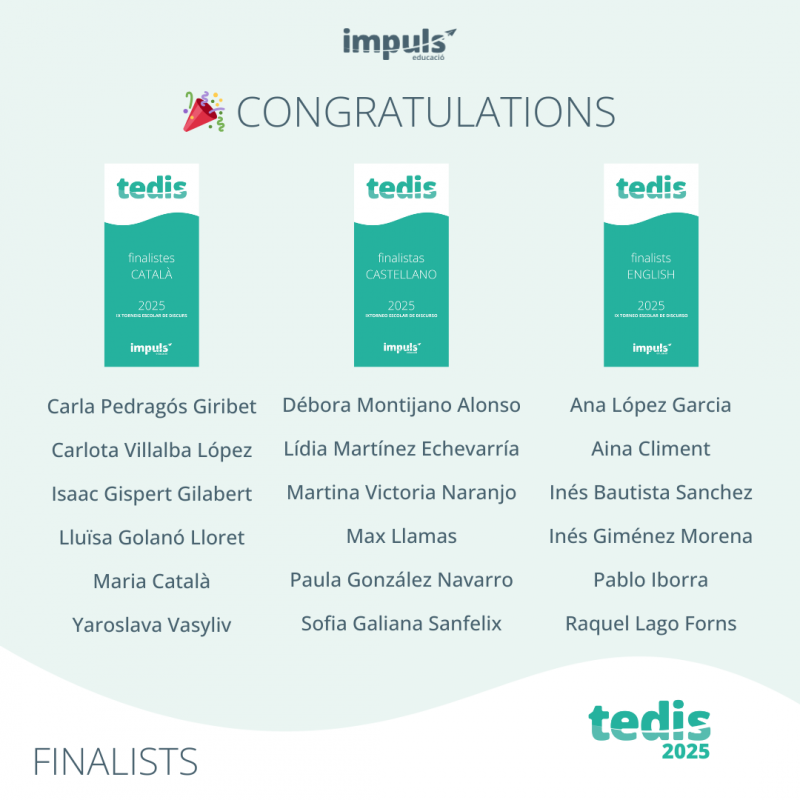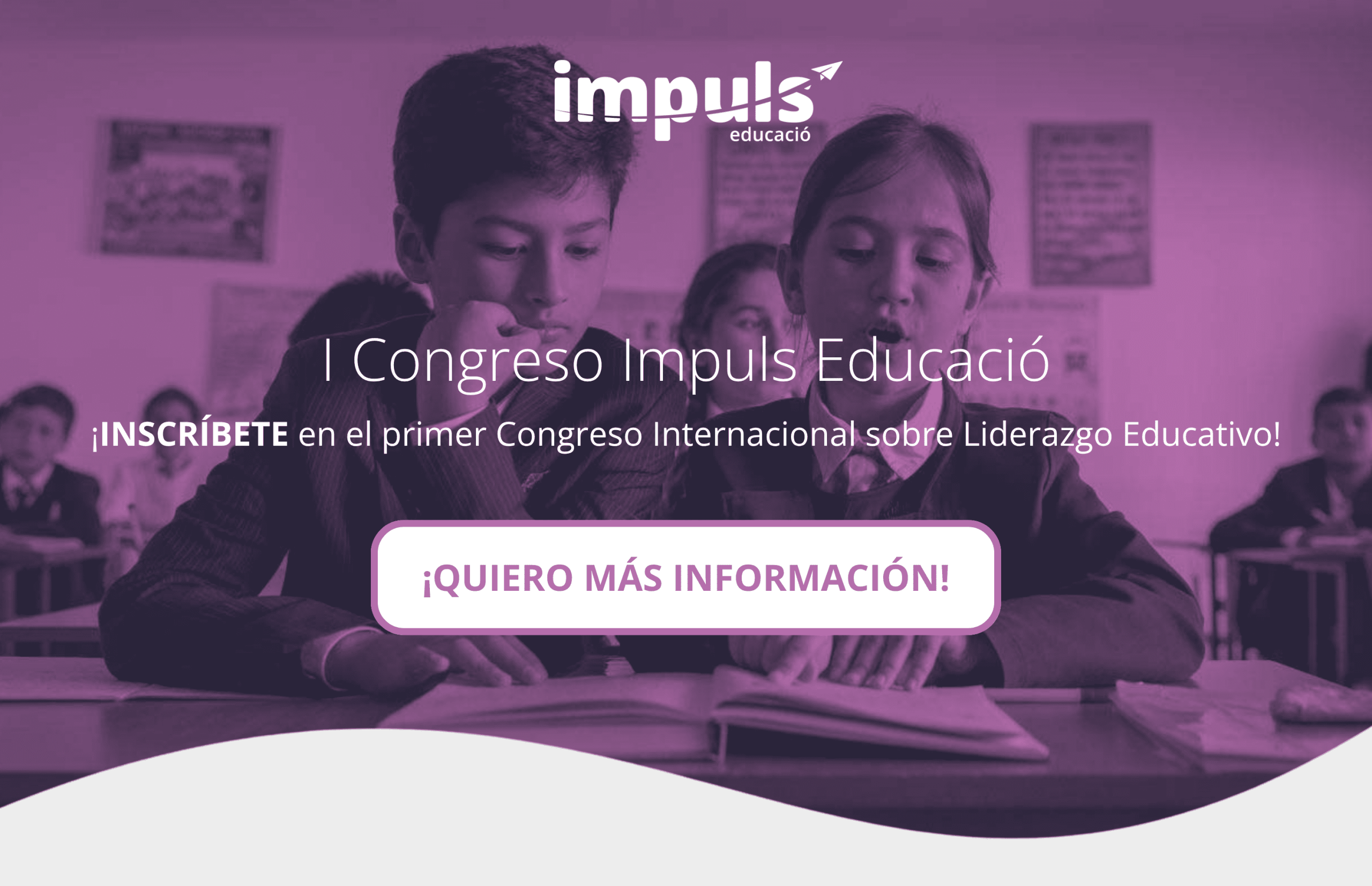by Jordi Viladrosa i Clua
The term “disruptive education” was coined by Clayton Christensen, a professor of business administration at Harvard University. Christensen used the term to describe a new model of education that moves away from the traditional model based on lectures and exams. The new model focuses on active learning, personalization and the use of technology. It is a concept that has been widely adopted to describe a variety of new trends in education, such as online learning, project-based learning and social learning.
Disruptive education is the new model that focuses on active learning, personalization and the use of technology
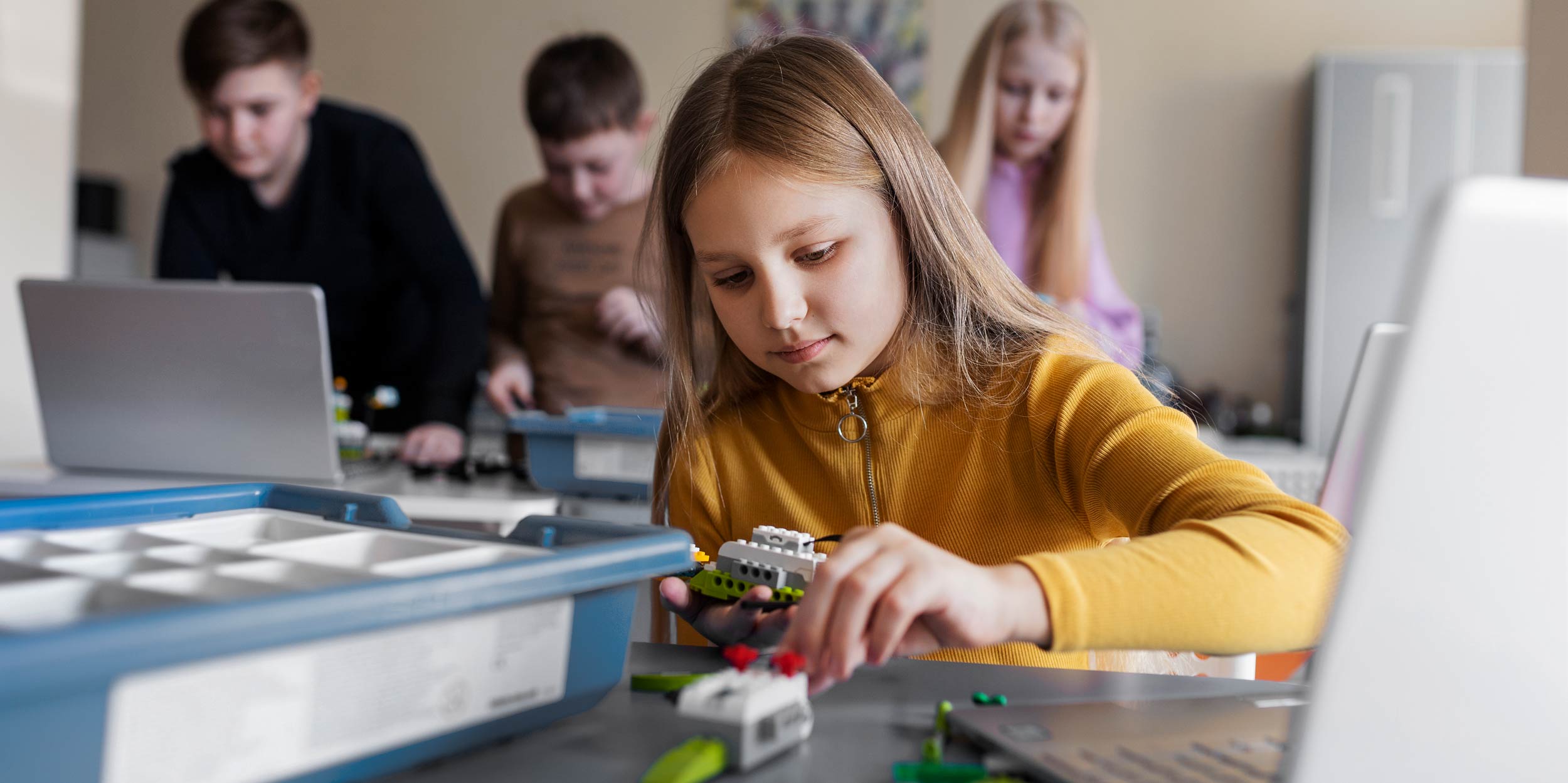
Christensen is the author of the book “Disrupting Class: How Disruptive Innovation Will Change the Way the World Learns” (2010), where he argues for disruptive change in K-12 public schooling, employing a wide range of real-life content. A book that, according to Howard Gardner, speaks thoughtfully and imaginatively about what genuinely individualized education can look like and how to make it happen.”
Others who have contributed to the development of the concept of disruptive education are: Tony Wagner: an education expert who has written about education in the 21st century. In his book “Creating Innovators: The Making of Young People Who Will Change the World” (2012) he explores what parents, teachers and entrepreneurs must do to develop the capabilities of young people to become innovators, based on collaboration, interdisciplinary problem solving and intrinsic motivation. Or Ken Robinson, a lecturer and educator who wrote about creative education. In his book “The Element: How Finding Your Passion Changes Everything” (2009) he considered that everyone has a natural talent that should be cultivated. Or the perhaps better known “Creative Schools: The Grassroots Revolution That’s Transforming Education” (2016) where he states that it is necessary to do away with the old industrial education system and in which he proposes an organic and personalized approach that relies on today’s unprecedented technological and professional resources to engage all students.
Disruptive education is an evolving concept and it remains to be seen what impact it will actually have on the education system. However, it is clear that the term is having some impact on the education debate, and is helping to highlight the need to change traditional education systems.
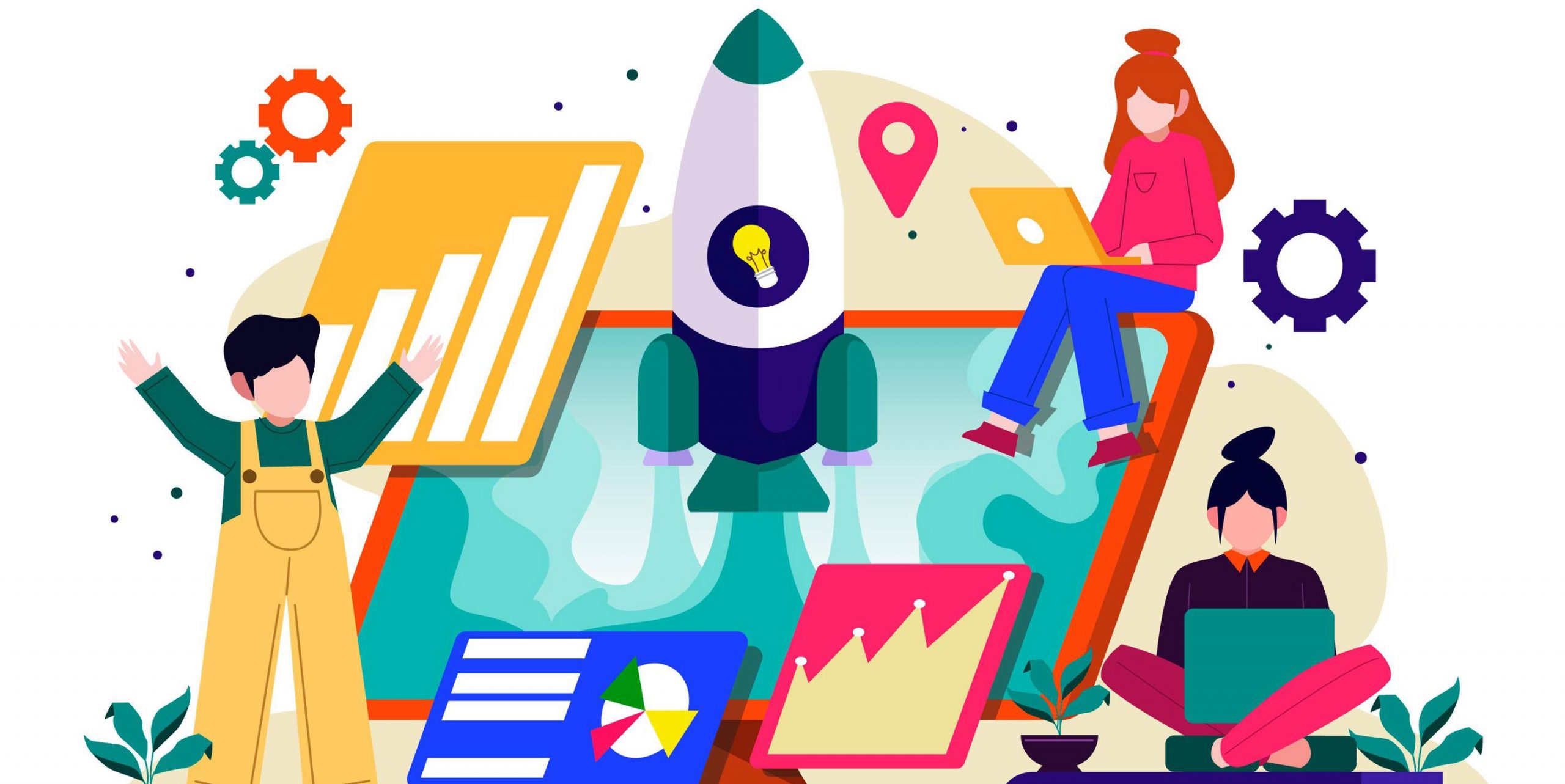
Disruptive education is an evolving concept and it remains to be seen what impact it will actually have on the education system
Disruptive education: characteristics
The main characteristics of disruptive education are:
- Personalization: Disruptive education puts the learner at the center of learning and adapts to their individual needs, taking into account their interests, learning styles and goals. Artificial intelligence (AI) is sure to offer considerable help in this regard.
- Use of technology: Intensive use of technology is proposed to create more interactive and immersive learning experiences. Online learning platforms are one example of this, and educational publishers are promoting them as a complement to textbooks. Another way is to use virtual reality and augmented reality to create immersive learning experiences.
- Active learning: The aim is for the student to be the protagonist of his or her own learning and not just a passive recipient of information. Teamwork and learning projects to foster collaboration and creativity are one way to achieve this.
- Online learning: It is a tool that allows students to access education anywhere and at any time. It is a flexible and accessible option that can be useful for students with different needs.
Disruptive education is a new educational paradigm that adapts to the social and technological changes of the 21st century. In short, it puts the student at the center of the learning process and uses technology to generate more interactive and immersive learning experiences.

It puts the student at the center of the learning and uses technology to generate more immersive learning experiences
The role of AI in disruptive education
AI can revolutionize education in a disruptive way, and offers us new ways of learning and teaching
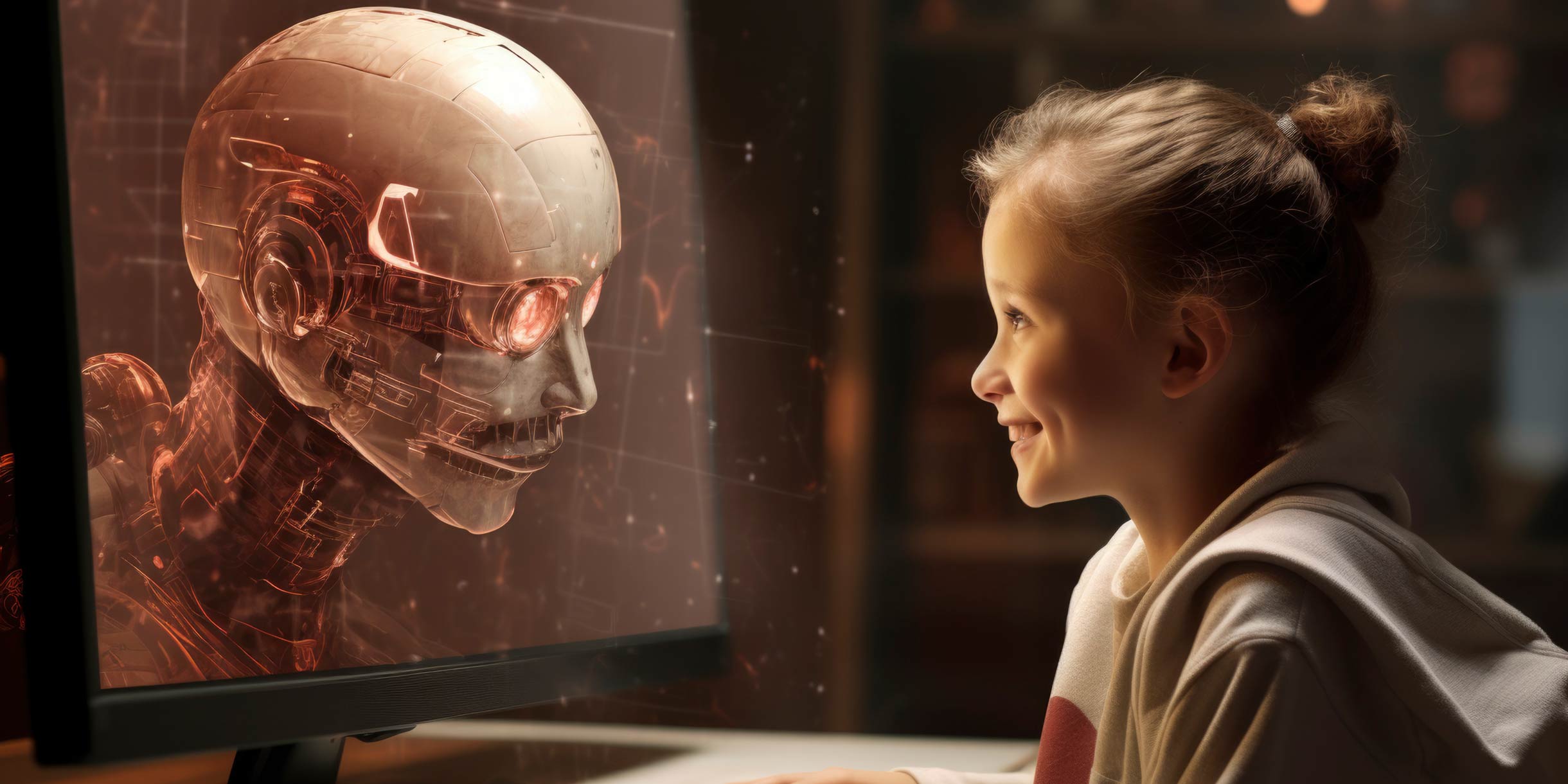
- Personalize learning: AI can be useful for collecting data about learners, such as their performance, preferences and learning styles. This data can be used to create personalized learning situations that are tailored to the individual needs of each learner.
- Automate repetitive tasks, such as correcting exercises or generating content summaries. This would free up teachers’ time to focus on more creative tasks.
- Provide real-time learning, i.e., originate real-time learning environments that allow students to interact with the content and get immediate feedback. This can help them learn more efficiently.
Some concrete examples of how AI is already being used in disruptive education include: personalized online learning platforms, virtual tutors, or educational simulators and games.
In general, AI has the potential to make education more accessible, effective and interesting. As it continues to develop, we are likely to discover new uses of technology in disruptive and innovative education.







